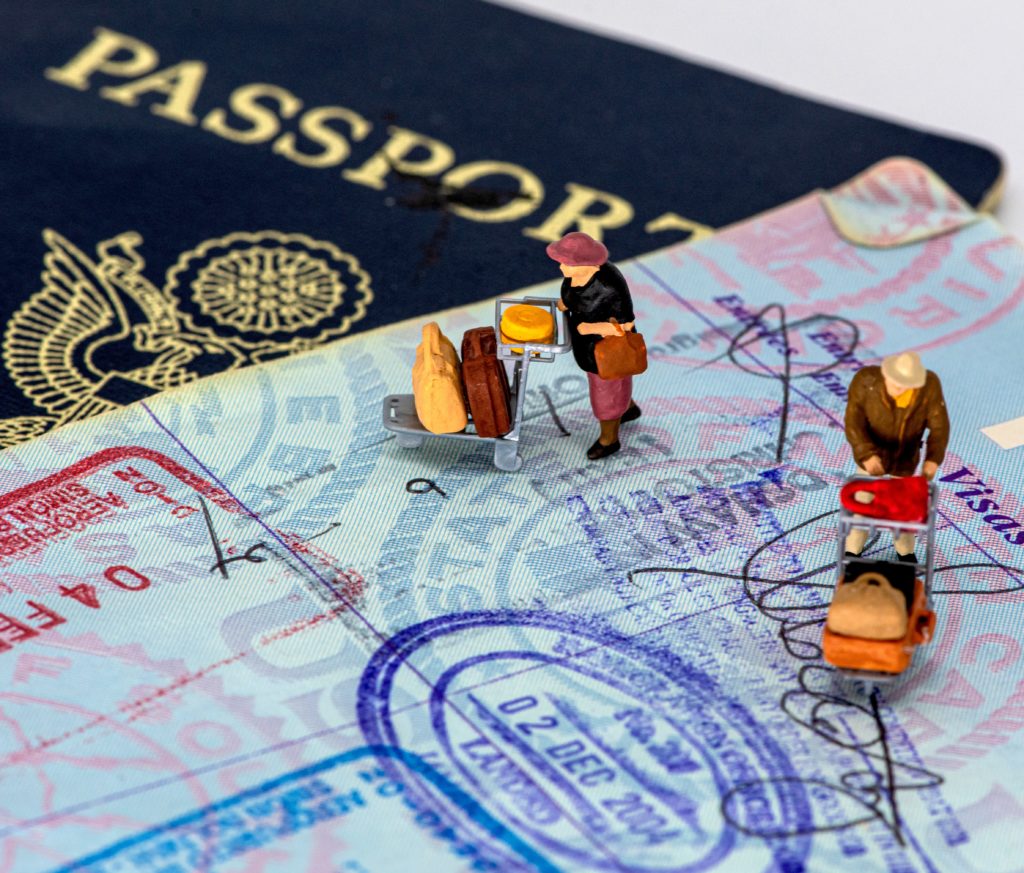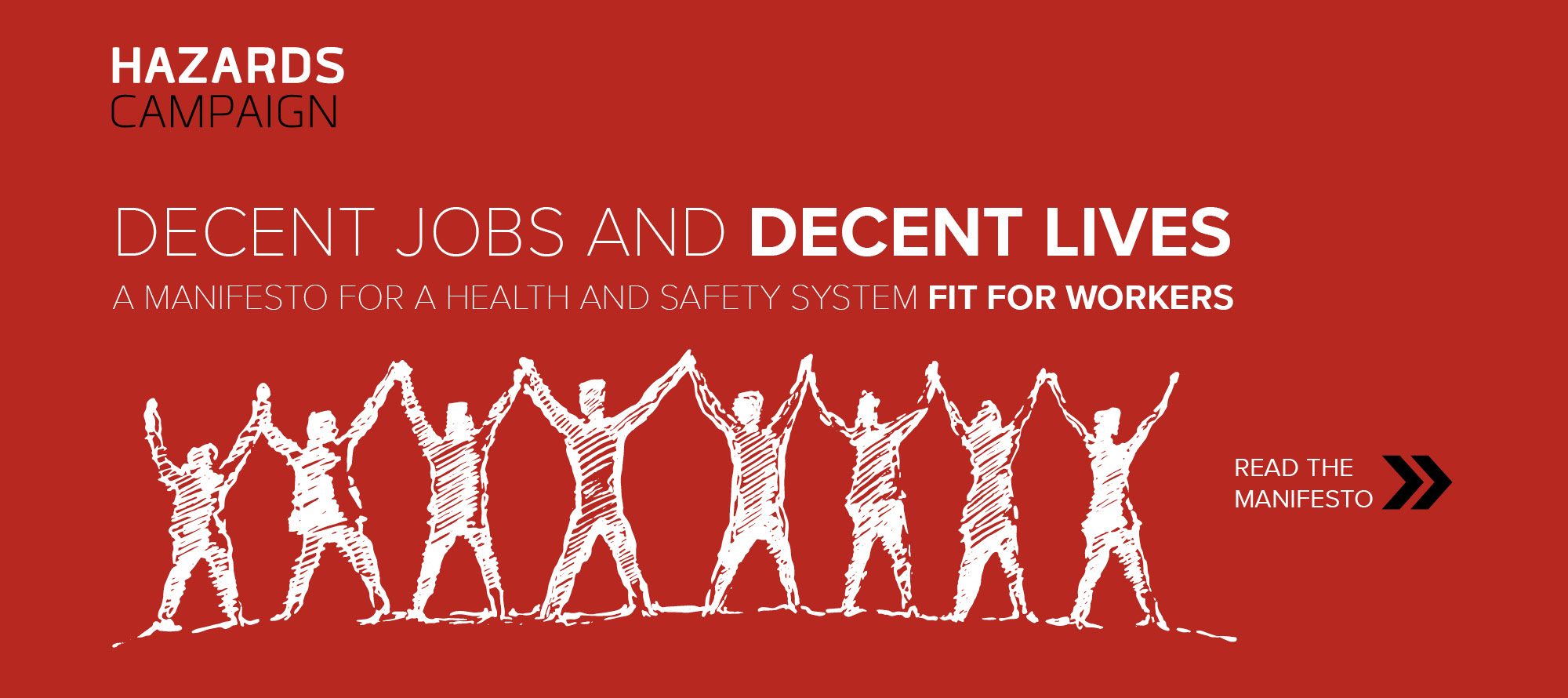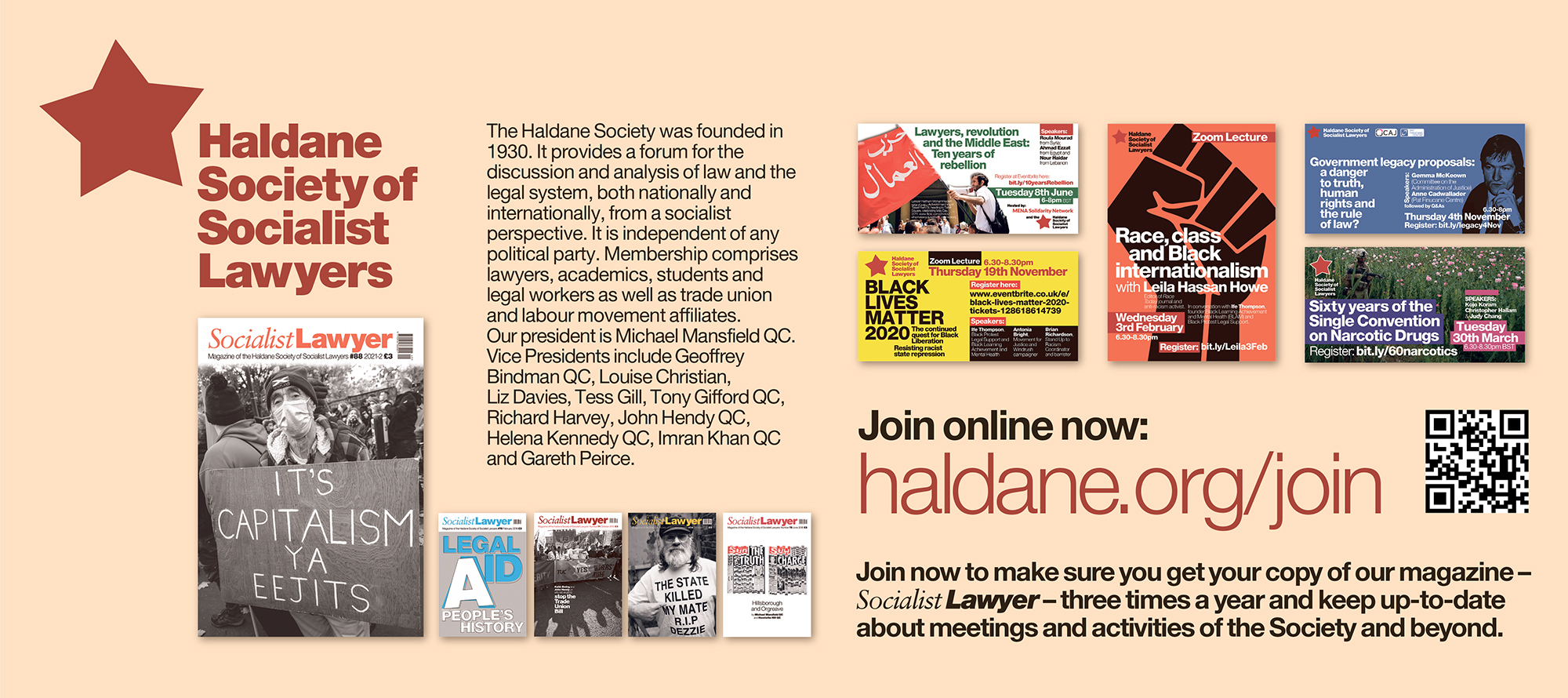Manoj Dias-Abey
Dr Manoj Dias-Abey is a Senior Lecturer in Law at the University of Bristol. His research is in the areas... Read more »
Tonia Novitz
Tonia Novitz is Professor of Labour Law at the University of Bristol. Her research interests focus predominantly on labour law,... Read more »







